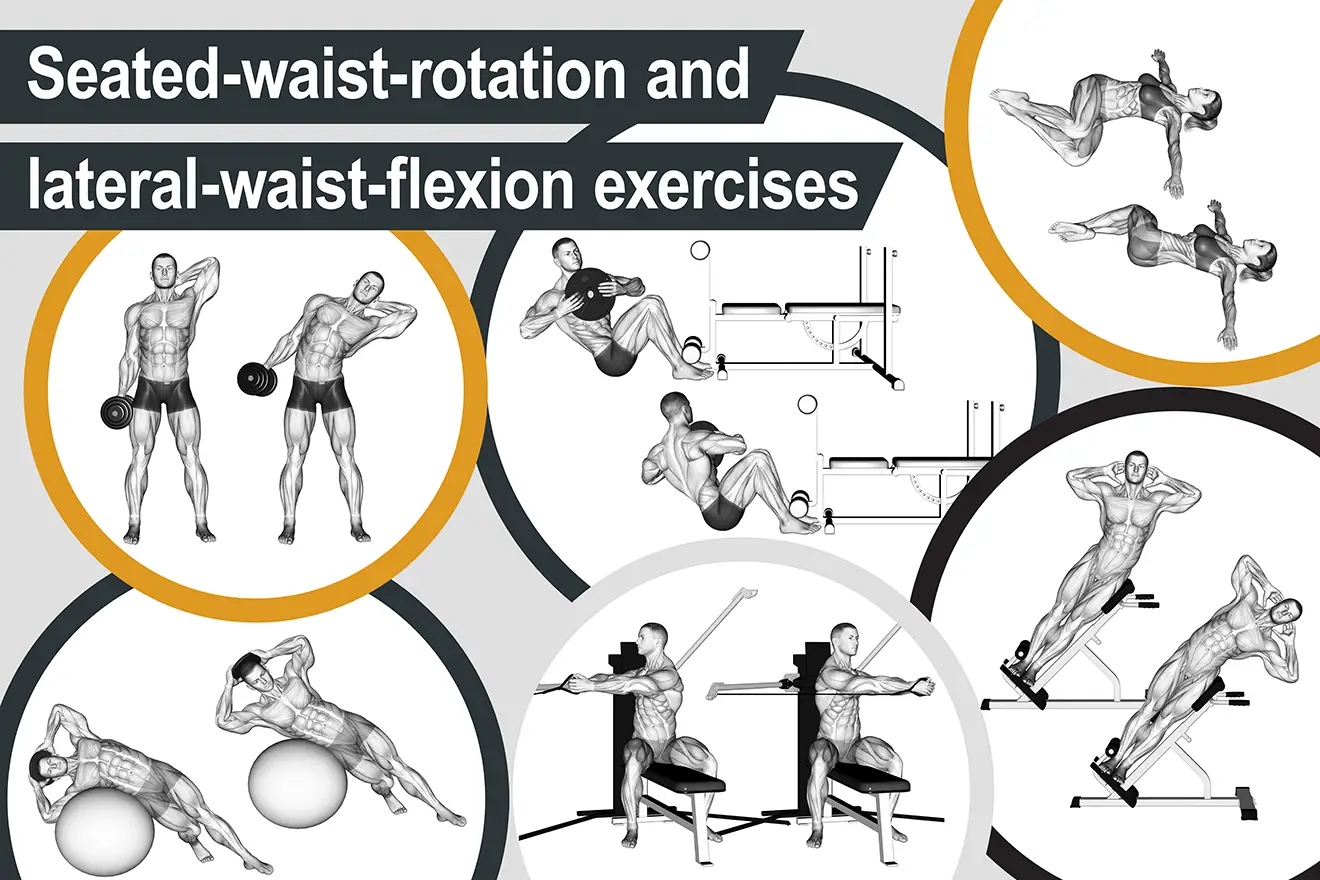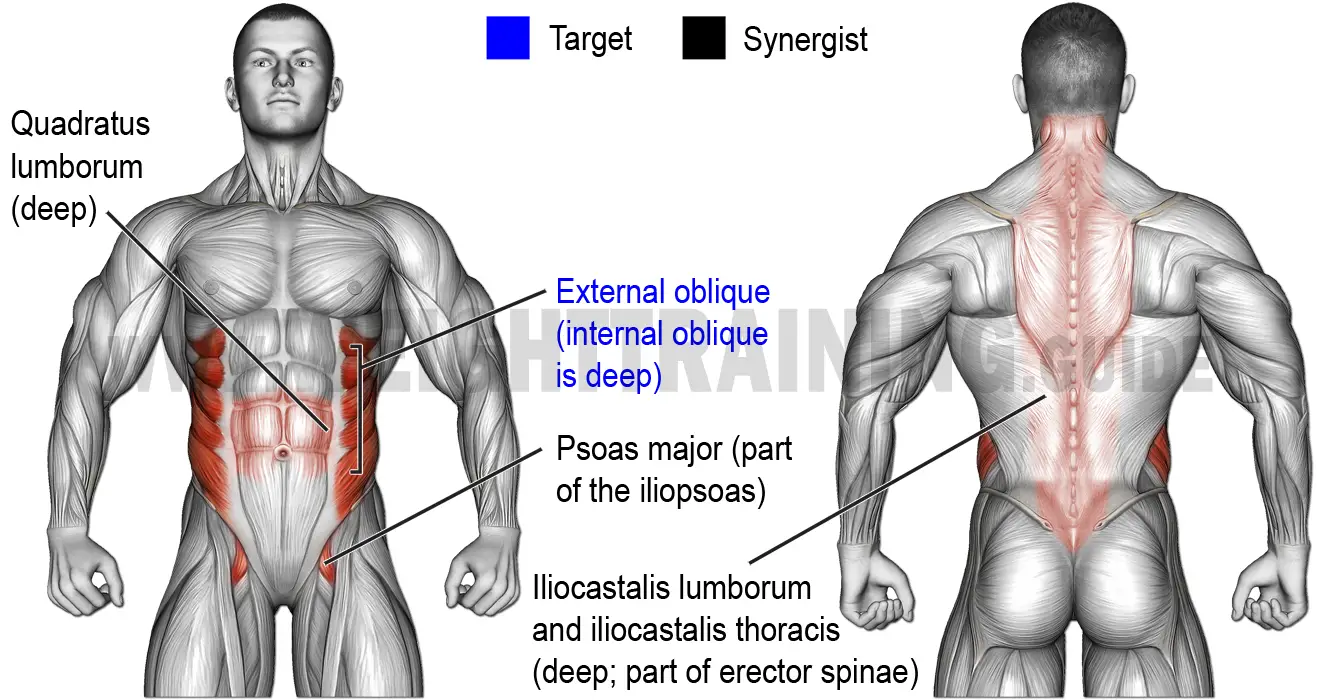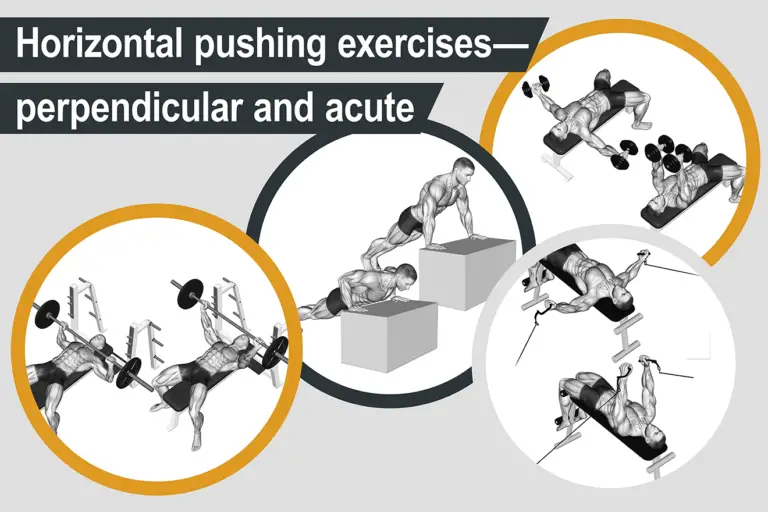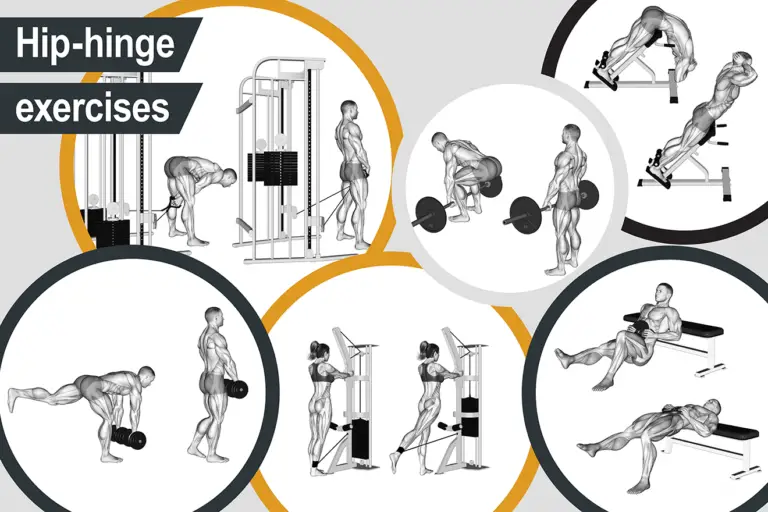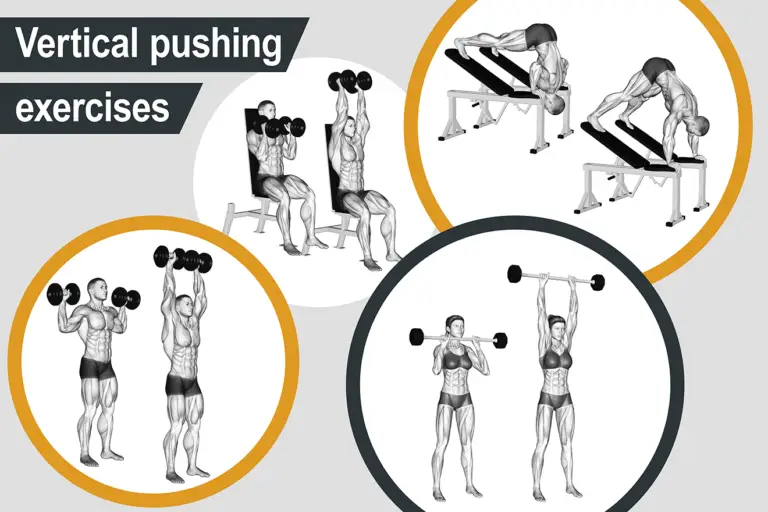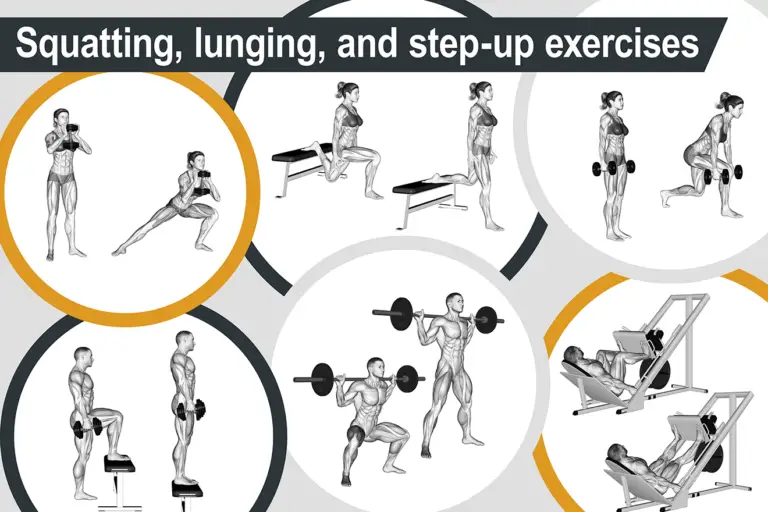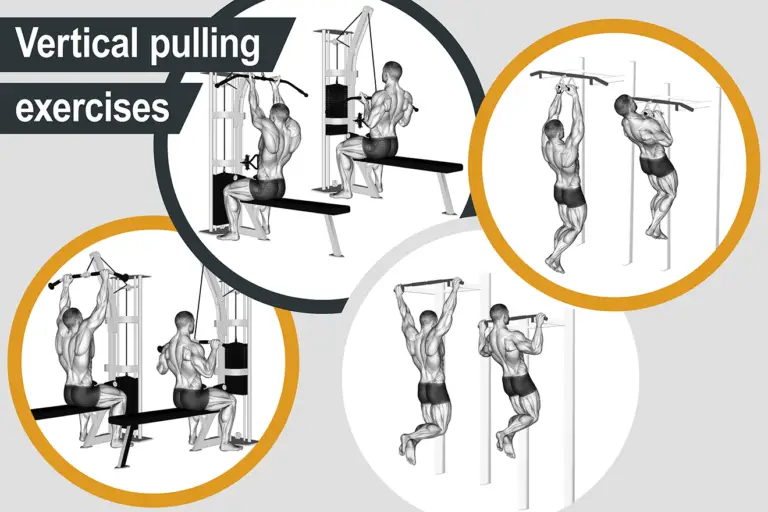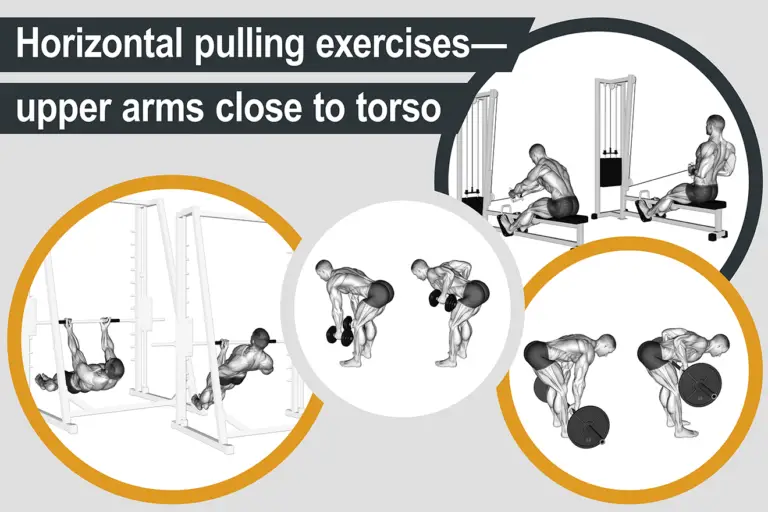Seated-waist-rotation and lateral-waist-flexion exercises
Movement patterns and classification
Seated-waist-rotation exercises (for example, Figure 1, A, C, and E) involve laterally and medially rotating your waist while your hips are flexed. Lateral-waist-flexion exercises (for example, Figure 1, B, D, and F) involve the lateral flexion and reduction of your waist. As both seated-waist-rotation and lateral-waist-flexion exercises involve only one joint (your waist), they are classified as isolation.
Figure 1. Examples of seated-waist-rotation and lateral-waist-flexion exercises. A. seated cable twist; B. dumbbell side bend; C. weighted Russian twist; D. side bend on hyperextension bench; E. lying bent-knee oblique twist; F. weighted side bend on stability ball.
Muscle activation
Although they may look very different, seated-waist-rotation and lateral-waist-flexion exercises activate the exact same muscles (Figure 2). These exercises target your external and internal obliques and synergistically activate your psoas major (part of your iliopsoas), quadratus lumborum (a deep muscle in your core), iliocastalis lumborum, and iliocastalis thoracis (both of which are muscles of the erector spinae, which run all the way up your spine).
Figure 2. Main muscles activated by seated-waist-rotation and lateral-waist-flexion exercises.
Note that standing-waist-rotation exercises, such as the cable wood chop, also target your obliques and activate the same synergists; however, these exercises synergistically activate a range of additional gluteal and thigh muscles, which is why they haven’t been included in this grouping.

